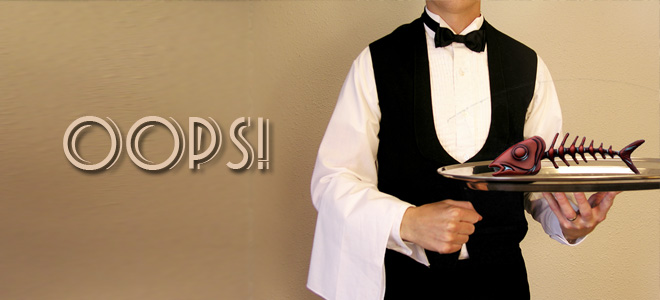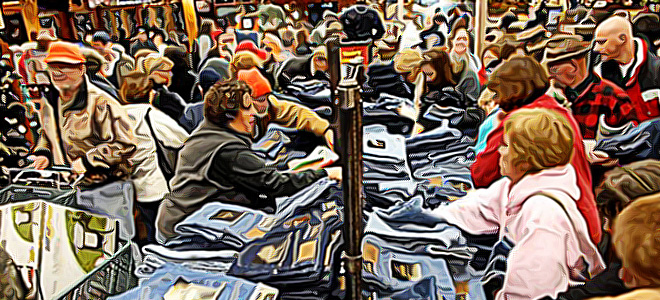
 Our Christmas Holidays included some crazy travel arrangements this year. Amongst them was a last minute change of plans to drive back to Colorado from Palm Springs, Ca.
Our Christmas Holidays included some crazy travel arrangements this year. Amongst them was a last minute change of plans to drive back to Colorado from Palm Springs, Ca.
As will occasionally happen we found a great rate on a one way rental from Fox Rental Cars.
We don’t normally rent from Fox but every once in a great while they have a rate that makes it worth the extra little bit of hassle to find them off airport. While I’d rather enjoy the benefits of being preferred or gold or select I am not above saving good money when I can.
The vehicle we got was fine, an upgrade from our original reservation actually at no additional cost, or so we thought at least. Until we got about two thirds of the way home.
It was then that we discovered the wind shield washers, those little dealios that spray fluid on the glass, didn’t work. We discovered this quite by accident while driving behind a truck, that was kicking up melted snow, in a tunnel. The windshield wipers, faithful to their end of the bargain wiped grime across my field of vision so thick that I almost had to stop…something you just don’t do in a tunnel.
The rest of the ride home, several hours, was spent pulling on and off the freeway to wash off the windshield. Yes, we checked the fluid level, it was full. Yes, we stirred it to be certain it wasn’t frozen. Yes, we shook the lines to break up any blockage. Nothing.
When we returned the car the conversation went something like this:
Fox Guy: How was the vehicle?
Us: Fine except the windshield washers don’t work
Fox Guy: Yeah, sometimes that happens in the mountains when it is cold.
Us: We checked, the fluid wasn’t frozen.
Fox Guy: Huh.
Us: It was pretty dangerous a couple times.
Fox Guy: <nothing>
Us: You probably want to check that before you rent it out again with all the melted snow on the ground.
Fox Guy: Uh huh.
We weren’t looking for a free rental. We weren’t looking for a mechanic to run out to the vehicle to fix it. We were just looking for some acknowledgment that there had been a failure on the part of Fox to provide what we needed. Now, had they offered us 10% off or even a simple apology I’d probably have been satisfied. But not even a mea culpa? Come on!!
If you’ve been a follower of my blog you know I have strong feelings about how to handle this kind of thing correctly.
In this instance however Fox have been weighed, they have been measured, and they have been found wanting. Fail.
What customer experience wins or fails did you have over the holidays?













